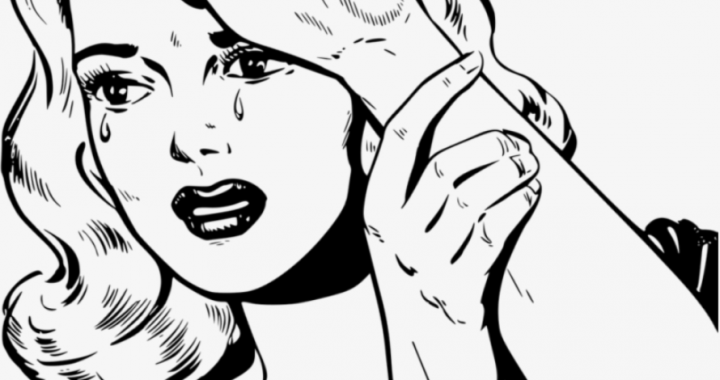Mr Ed goes on to say there are five no-nos when it comes to story openings.
- Never start with a dream (where you tell a whole story and then finish by saying “It was all a dream.”) If you do start with a dream, like Biggie does in “Juicy,” then say it in the opening, and wake up to the madmess.
- Never start with an alarm clock (or any morning rituals). I’m guilty of this one. Where you open with beeps, or a tussle-haired idiot late for a meeting. Much preferable, claims Mr Ed, is to begin in the heat of things. Not in the cool damp of a stinky bedroom. This makes readers roll their eyes as they’re forced to read about the most boring part of anyone’s day.
- Never start with dialogue. Again, guilty of this one. It’s like, as a writer, we wait for the muse to speak. But when she does, it comes out as a line. Even interior monologue here is no good. From what I understand, it’s bad because it confuses the reader, when she would rather fall in line with the story.
- Never start with too little dialogue. Dude, I’ve done this one too. To me, the thickest prose is the juiciest. I like blocks of text. Ruminations, exaltations, authorial masturbations. And yet, allegedly, most readers don’t. If an editor skims the opening pages, claims Mr Ed, and doesn’t seen enjoy white pages, he gets annoyed.
- Never, ever, ever be unintentionally funny. Geez, this reminds me of something a guy in my workshop told me once, “I’m not sure if you’re trying to be funny. But it’s annoying.” Writing “she nodded her head,” or “he thought to himself,” are redundant, and will get a reader shaking her head, or laughing a laugh at you.
. . .
Mr Ed next goes on to discuss opening lengths, as well as transitions.
Lengths can vary, as they should, depending on the needs of the story. It can require a short and sweet, “get to the point,” introduction that places readers in the fray from the “git-go” as Mr Ed puts it. But this may disorient some readers, especially when the story matter begs for a longer introduction. What you don’t want is an intro that screams, “what’s the point?” either. So, you give a little, and take a lot of the unnecessary out.
As far as transitions, of which this paragraph takes part, they are almost superfluous. I’ll raise my hand. I am guilt of this one too. I used to write a string of paragraphs that all began, “We did . . .”, “He said . . .”, “Next thing I know . . .”, and thought it was enough. According to Mr Ed, I had taken from modern cinema, which jump cuts. And then I started taking classes, working with editors, etc, and they all said I needed more transitions. What did I do? I went transition crazy. Now my paragraphs were all like, “Meanwhile, back at the ranch . . .” and perhaps I was overshooting it now.
Instead of hitting the net every time, or hitting out of bounds every time, there has to be a sweet spot. Telling great stories is a balancing act. And one of the plates you are spinning is transitioning seamlessly from one scene to the next, from one character to the next, without hitting your listener over the head, or dropping any plates.
. . .
Lastly, Mr Ed sits us on a chair and has us listen to a barrage of writing advice from editors.
- Don’t bore us
- Start on chapter four
- Make the first page leap
- Too many writers
- Make us care
Well well well! This has given me lots of thought. A little sad. But a little hopeful there’s room to grow.
As Mr Ed sang to us: “When you’re green, you’re growing; when you’re ripe, you’re rotting.”
Salud!




